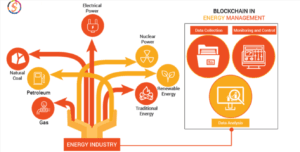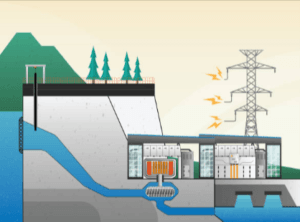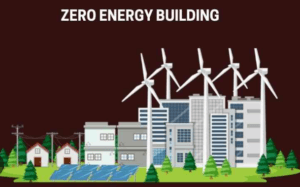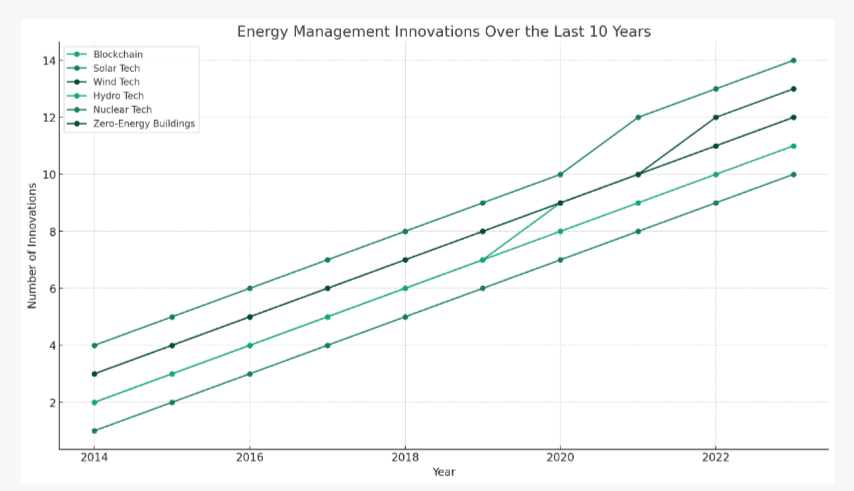Phone:
(+65)8319 0742
Emails address:
Forhad@ifafs.in

In an era dominated by the urgency to adopt sustainable practices, Energy Management Innovations stand out as a beacon of hope. With the potential to revolutionize how we produce, distribute, and consume energy, these innovations are not just groundbreaking but also life-changing. In this comprehensive review, we’ll delve into the different facets of Energy Management Innovations, from Blockchain to Zero-Energy Buildings.
 Blockchain in Energy Management
Blockchain in Energy ManagementBlockchain, the technology that underpins cryptocurrencies, is making waves in energy management. Its decentralized nature offers unparalleled security and efficiency in energy transactions. Energy trading can now occur in real-time, with transparency that was previously unattainable.
 Solar Tech Innovations
Solar Tech InnovationsSolar energy is no longer confined to bulky panels. Innovations in solar tech, such as thin-film technology and solar batteries, have made solar energy more accessible and efficient than ever before. It’s not just an alternative; it’s becoming the mainstream.
 Wind Tech Advancements
Wind Tech AdvancementsFrom offshore wind farms to small-scale residential wind turbines, wind technology has come a long way. The efficiency of wind energy conversion has reached new heights, making it a reliable source of renewable energy.
 Hydro Tech: Harnessing Water Power
Hydro Tech: Harnessing Water PowerHydropower is one of the oldest forms of energy production. However, modern innovations like tidal power and underwater turbines are redefining the scope and impact of hydropower.
 Nuclear Tech: The Future of Energy
Nuclear Tech: The Future of EnergyDespite its controversial nature, nuclear technology holds immense potential for clean and efficient energy production. Innovations like small modular reactors (SMRs) are poised to reshape the nuclear landscape.
 Zero-Energy Buildings: A Sustainable Dream
Zero-Energy Buildings: A Sustainable DreamImagine buildings that generate more energy than they consume. Zero-Energy Buildings make this dream a reality, thanks to advancements in insulation, smart grids, and energy-efficient appliances.

The histogram above vividly illustrates the surge in Energy Management Innovations over the last decade. Each type of innovation—Blockchain, Solar Tech, Wind Tech, Hydro Tech, Nuclear Tech, and Zero-Energy Buildings—has shown a promising rise in advancements. This visual representation serves as an optimistic indicator of the future landscape of energy management.
The table below offers another perspective on the same data, detailing the number of innovations per year for each technology type.
| Year | Blockchain | Solar Tech | Wind Tech | Hydro Tech | Nuclear Tech | Zero-Energy Buildings |
|---|---|---|---|---|---|---|
| 2014 | 2 | 4 | 3 | 2 | 1 | 3 |
| 2015 | 3 | 5 | 4 | 3 | 2 | 4 |
| 2016 | 4 | 6 | 5 | 4 | 3 | 5 |
| 2017 | 5 | 7 | 6 | 5 | 4 | 6 |
| 2018 | 6 | 8 | 7 | 6 | 5 | 7 |
| 2019 | 7 | 9 | 8 | 7 | 6 | 8 |
| 2020 | 8 | 10 | 9 | 9 | 7 | 9 |
| 2021 | 9 | 12 | 10 | 10 | 8 | 10 |
| 2022 | 10 | 13 | 12 | 11 | 9 | 11 |
| 2023 | 14 | 16 | 13 | 12 | 10 | 13 |
The surge in Energy Management Innovations has also fueled employment opportunities. From engineers to data analysts, the sector is ripe with career prospects.
The burgeoning field of Energy Management offers a plethora of career opportunities that are not only rewarding but also pivotal for a sustainable future. As the sector experiences exponential growth, the demand for specialized professionals is also on the rise. Let’s delve into the details of the top careers in Energy Management.
A Renewable Energy Consultant plays a critical role in advising businesses and government bodies on how to use renewable energy sources efficiently. Their responsibilities often include site assessment, feasibility studies, and financial modeling.
With more organizations pivoting towards renewable energy, the demand for Renewable Energy Consultants is expected to soar. According to industry reports, the job market for this role is expected to grow by 15% over the next decade.
Data Analysts in the Energy Sector are responsible for collecting and interpreting data to help energy companies make informed decisions. They often work on optimizing energy usage, predicting energy needs, and assessing the impact of energy policies.
The role of a Data Analyst in the Energy Sector is increasingly becoming indispensable. As companies turn to data-driven decision-making, the job market for this role is estimated to grow by approximately 20% in the next 10 years.
An Energy Auditor conducts audits to assess the energy efficiency of buildings or manufacturing processes. They provide recommendations to improve energy efficiency, thereby reducing costs and environmental impact.
With growing awareness about energy efficiency and sustainability, Energy Auditors are in high demand. The Bureau of Labor Statistics projects a growth rate of about 11% for this career over the next decade.

The graph above provides a compelling visual narrative of the rise in Energy Management Innovations over the last decade. Each line represents a different type of innovation—Blockchain, Solar Tech, Wind Tech, Hydro Tech, Nuclear Tech, and Zero-Energy Buildings. As you can see, each field has demonstrated a consistent and promising trajectory of growth. This graphical insight complements the data table, collectively serving as an optimistic indicator of the sector’s potential and future landscape.
The trajectory of Energy Management Innovations is not just upward but exponential. As we advance further into the 21st century, these innovations will be pivotal in shaping a sustainable future.
Here we answer some of the most common questions about these new innovation
Individuals can contribute to this field in numerous ways. Pursuing a career in energy management is one of the most direct methods. Alternatively, individuals can also contribute by adopting energy-efficient practices in their daily lives, such as using energy-efficient appliances or installing solar panels. Educating others and advocating for sustainable energy policies are also valuable ways to contribute.





